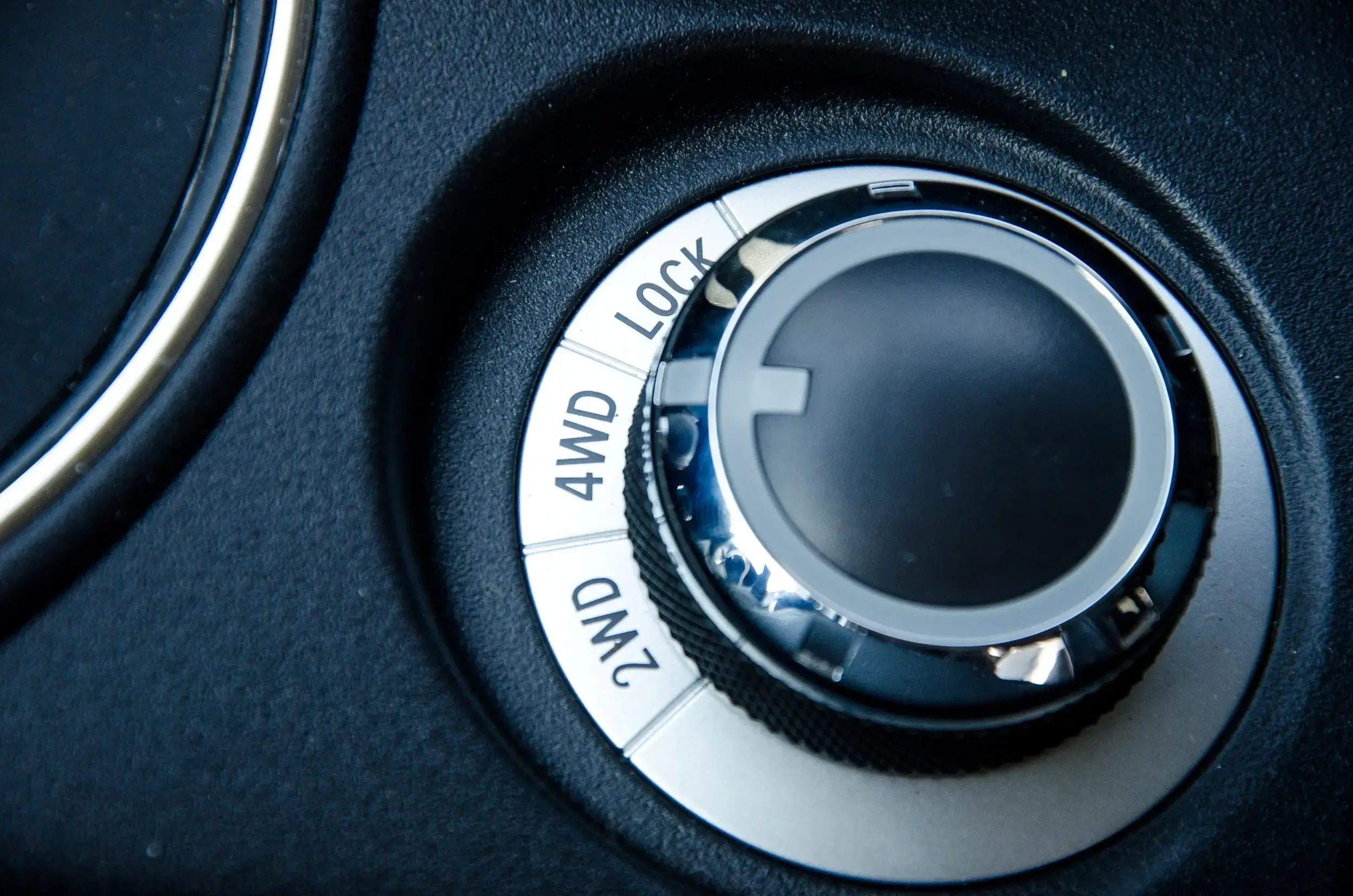
Seeing a “Service 4WD” or “Service 4 Wheel Drive” message on your dashboard can be confusing, especially if your vehicle seems to be running fine. It’s one of those alerts that doesn’t always come with obvious symptoms, but it’s important to take it seriously. Knowing what the message means and what to do next can help protect your four-wheel drive system and avoid bigger issues later.
Quick Answer:
When your vehicle displays “Service 4 Wheel Drive,” it’s alerting you to a potential issue with the 4WD system. This could be caused by an electrical fault, sensor malfunction, or mechanical problem involving components like the transfer case or shift motor. Unlike a routine maintenance light, this message signals a system fault that needs to be diagnosed.
This warning doesn’t always look the same. Some vehicles show a text message, while others display a symbol or icon. Depending on your make and model, you might see:
If you’re not sure what the light means in your vehicle, check your owner’s manual for specifics, or stop by the Grease Pro nearest you for a quick diagnostic check. Some models even display it briefly at startup as a self-check.

This red icon is one version of a 4WD warning light found in many vehicles. It usually means the four-wheel drive system is engaged or there’s a potential issue requiring attention. Always refer to your owner’s manual to confirm what this symbol means for your specific make and model.
This isn’t your usual checkup reminder. It’s a sign that your 4WD system isn’t working as expected, often before symptoms show up. The vehicle’s sensors are picking up something worth checking out, even if everything seems fine for now.
Why it matters:
Want help now? Visit our 4WD Service & Repair page to explore repair options, understand what to expect, and get expert support for your vehicle.
There are several reasons why your “Service 4 Wheel Drive” or “4WD Service” light might turn on. Some are simple electronic glitches, while others point to more serious mechanical problems that need attention. A proper diagnosis is key, but it helps to understand what might be going on under the surface.
Here are some of the most common triggers:
Did You Know?
Your 4WD system can trigger this light even when you’re driving in 2WD mode. That’s because modern systems continually monitor component status, even if the 4WD isn’t actively engaged.
When the “Service 4WD” message comes on, your vehicle will usually still operate in two-wheel drive. If you’re not currently using 4WD, you might not notice a difference right away.
So yes, in most cases, you can keep driving
But here’s why it’s not ideal:
Even if your vehicle feels fine, it’s smart to have the system checked out before you really need it.
Schedule an inspection with Grease Pro’s 4WD mechanics to stay ahead of any issues.
The light means something isn’t working as expected, and while it might be tempting to clear the message yourself, skipping the diagnosis can hide a real issue that needs attention.
Here’s the safe, smart way to approach it:
Want to clear the light the right way?
Once the underlying issue is fixed, a technician can reset the system using a diagnostic tool. Some vehicles may allow manual resets (like through fuse removal or specific key cycles), but we don’t recommend this unless you’re certain the problem is resolved.
The best way to avoid seeing the “Service 4WD” message is to stay proactive about maintenance. Your four-wheel drive system works hard, especially if you tow, go off-road, or deal with rough terrain. Like any system with moving parts and fluids, it needs regular attention to keep working reliably.
Routine service includes fluid checks, inspections, and listening for early signs of trouble. A dashboard light typically indicates a problem, not a reminder. So even if no warning has popped up, it doesn’t mean your 4WD system is in the clear.
How to stay ahead of problems:
The cost of 4WD service can vary widely depending on what’s going on. A quick inspection or sensor calibration may be simple and affordable, while drivetrain repairs or transfer case issues can be more involved.
The good news is that early maintenance is almost always less expensive than waiting for a major repair. Addressing small issues, like worn fluid or a failing actuator, can prevent damage to critical (and costly) components.
At Grease Pro, we believe in honest service. We’ll always help you understand what’s happening with your vehicle and go over the repair plan before any work begins.
If your 4WD warning light stays on, you hear unusual noises when shifting, or your vehicle struggles to engage 4WD, it’s time to have it checked out. Even if everything seems fine, regular inspections can help catch issues before they turn into expensive repairs.
Here’s what a typical 4WD inspection includes at Grease Pro:
We’ll walk you through what we find and explain any recommendations clearly, so you’re never left guessing.
Whether you’re driving through Panama City or heading out for a weekend towing your boat or jet ski, a healthy 4WD system gives you better control and peace of mind. If something doesn’t feel right or you just want to be sure your system is ready, Grease Pro is here to help with expert inspections and reliable repairs.
With 12 locations, there's always one close by to service all of your automobile-related needs.
BROWSE ALL LOCATIONS +